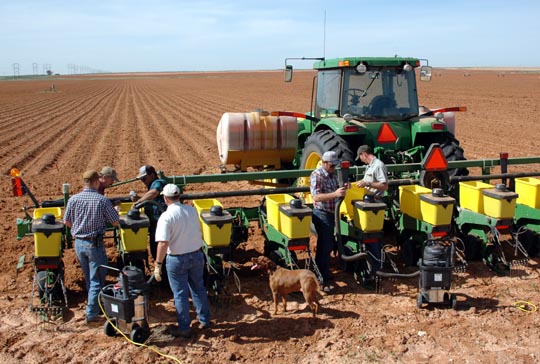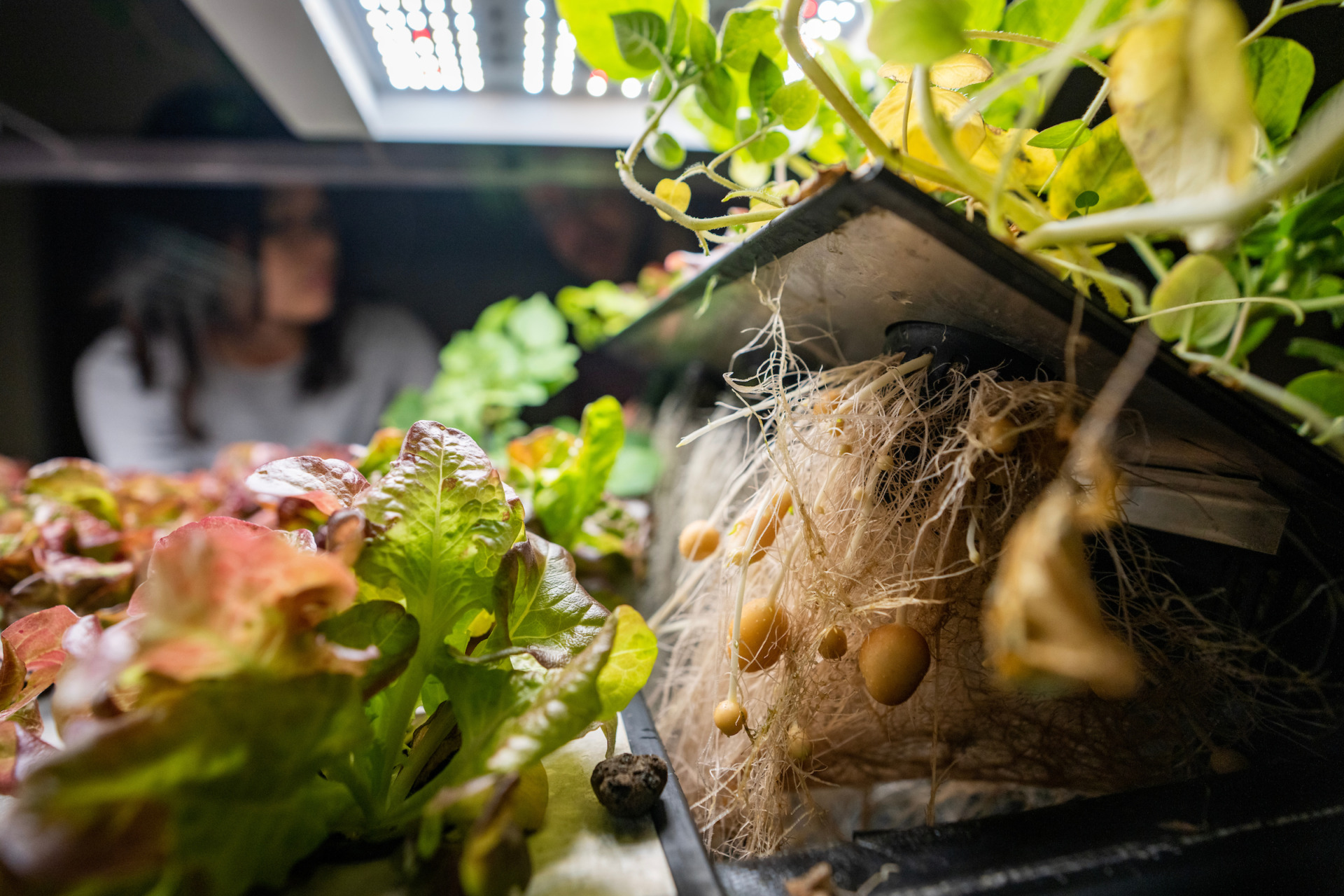TexasET app provides tailored irrigation recommendations for crops
Smartphone app for real-time, crop-specific irrigation guidance from seed to harvest
Texas agriculture producers who rely on irrigation have a new tool created by Texas A&M AgriLife irrigation specialists to help them optimize water use as their crops progress through the growing season.

The TexasET App for smartphones was designed to calculate crop-specific irrigation recommendations for plants’ water needs according to growth stage. The tool is free and available for download under “TexasET” on iOS- and Android-based devices.
Guy Fipps, Ph.D., PE, Texas A&M AgriLife Extension Service statewide irrigation specialist in the Texas A&M Department of Biological and Agricultural Engineering, said the smartphone app puts precision agriculture innovation in growers’ hands.
“This app makes it easy for growers to get updated irrigation recommendations as their crop moves through different growth stages,” Fipps said. “We are accessing more and more data that we need via our phones, and this app is moving our web-based concept into that platform to benefit producers.”
TexasET app helps optimize irrigation
The application is based on the website-based crop water requirements calculator of the TexasET Network. The app version has an improved user experience for growers seeking irrigation recommendations for their crops from seed to harvest. Once growers download and set up the app for their location and specific crops, they will receive weekly notifications regarding the crop’s water requirements. Growers can choose the closest TexasET station to their irrigated fields.
The app provides localized irrigation recommendations for cotton, corn, peanuts, sorghum, soybeans and winter wheat, based on Texas-specific growth stage coefficients. It also provides water estimates for any crop based on Food and Agriculture Organization of the United Nations, FAO, coefficients. FAO coefficients are used worldwide where localized crop coefficients have not been developed. Growers can set up the app for multiple crops on the same farm.
The app uses rainfall from the closest ET station to calculate crop irrigation requirements but also allows growers to input their own rainfall data. The app calculates chill hours and heat units based on localized weather data.

About the TexasET Network
The TexasET Network was started in 1995 by Fipps and now includes around 120 weather stations. ET, or evapotranspiration rates, and weather data are posted daily and used for many purposes, including providing the data needed to calculate irrigation recommendations for the website and smartphone applications.
The network is funded by fees and other support from weather station sponsors. Most stations on the network have a local sponsor who purchased the station and covers communication and maintenance costs. The TexasET Network is now accessing data from about 40 TexMesonet stations across the state, greatly improving ET coverage. The TexMesonet is a Texas Water Development Board program.
“TexasET is a window into the science behind how much water crops need to grow,” Fipps said. “It’s based on methodologies that go back to 1948; many years of use and research are behind these solid estimates. It can really help growers optimize their water use.”





